Did you know that PRI lines ensure better quality voice connections than VoIP? That’s right—the technology that almost everyone now uses does not actually provide better quality service. It’s not because VoIP is a bad technology—it’s cheaper, easier to set up, and more scalable. It just has one, big weakness.It runs over the public Internet.
As we all know, the public internet can be a little less than reliable. Even with a strong connection, there is always a finite amount of data that a circuit can carry. And when your voice packets are competing with your data packets, you’re going to experience lag somewhere on the circuit. While most businesses can endure waiting for data to load, they cannot endure jitter, latency, or a dropped call with an important client or partner.
While many carriers say they provide QoS, that doesn’t actually mean you are getting the quality voice connection that QoS is supposed to ensure. This is because carriers do not often control the entire network that your calls travel on. At some point, your calls will pass through a carrier where QoS may or may not be activated. And even if your provider has QoS activated on their end, there is no guarantee that it will be working on all ends of the network.
If you try and call your VoIP provider to complain, they will likely throw up their hands and point the finger at your ISP. Sure, it might not have been their fault. But that doesn’t help you, does it?
AireSpring works to control this problem by providing Quality of Service (QoS) via their managed connectivity option. AireSpring’s fully managed, end-to-end connectivity ensures that voice traffic will always take priority over data traffic when the two are in competition. That way, your data packet download may lag a bit, but your calls will be crisp and clear. So when you go to purchase your new VoIP phone system, make sure you ask the VoIP provider if they fully manage the network and provide end to end Quality of Service. That means they make sure you have actual Quality of Service from point A all the way to point B, no matter how many carriers the call passes through.
Only then will you be receiving actual QoS, and you will be getting exactly what you paid for.
















